While green vegetables are beneficial for health, improper preparation can turn them into a “poison.” One of the most important steps is washing the vegetables.
As a habit, families usually wash vegetables with water and soak them in a dilute salt solution. Most people believe that the salt solution can help remove any remaining pesticides on the vegetables. But is this the right way to do it?
Can Soaking Vegetables in Salt Water Remove Pesticides?
In reality, most vegetables sold in the market contain pesticide residues. This is especially true for vegetables sold in markets without proper inspection.
Aware of this, many people soak their vegetables in dilute salt water. Ms. H. (31 years old, Hanoi) shared: “I usually wash the vegetables and soak them in salt water for about 10 minutes before using them. The salt water will help remove any remaining pesticides. I wouldn’t dare eat them without soaking them first.”
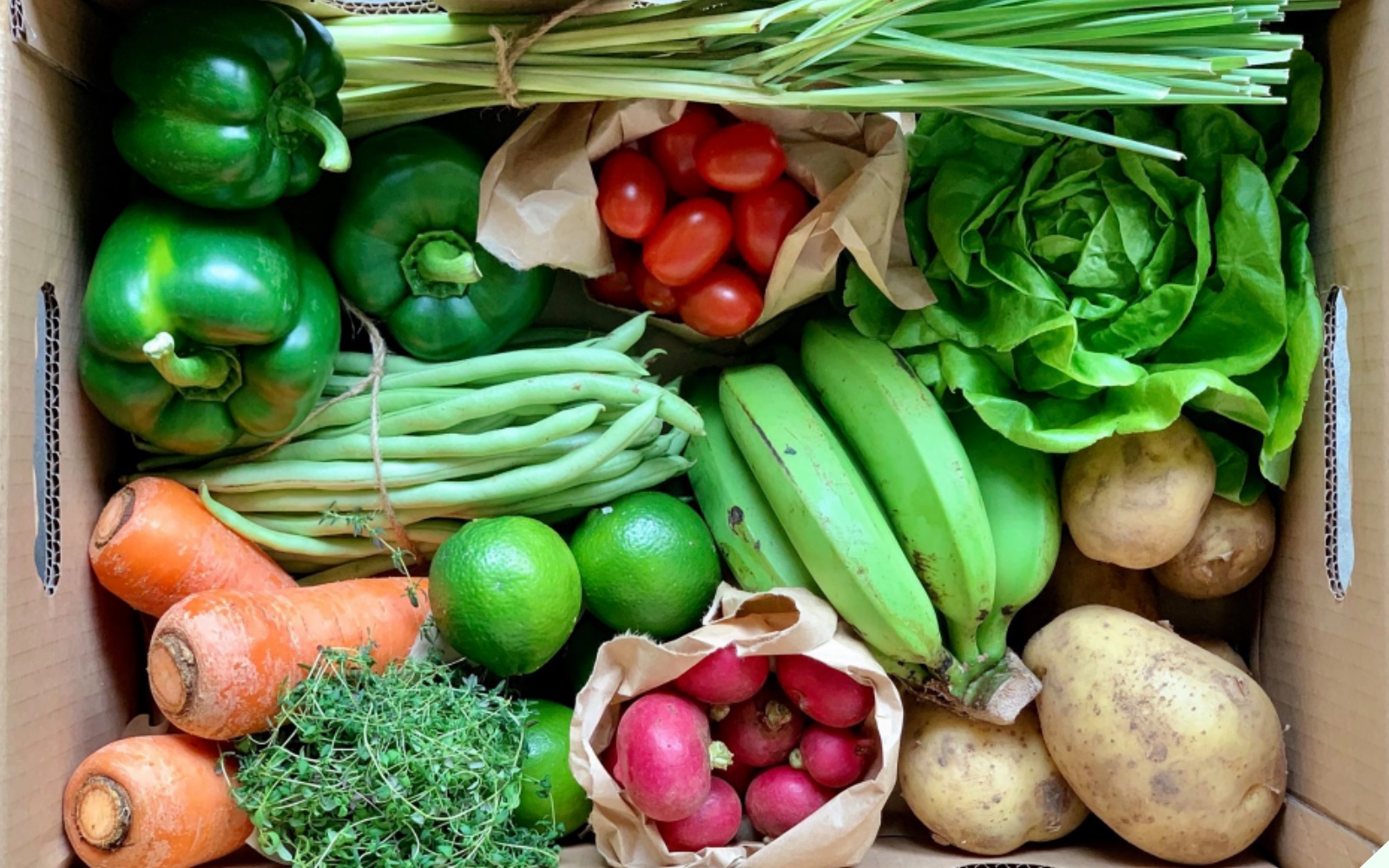
While many people share Ms. H.’s sentiment, experts disagree. Research shows that salt water rarely reacts chemically with other substances, including pesticides. This is why soaking vegetables in salt water does not help remove pesticides.
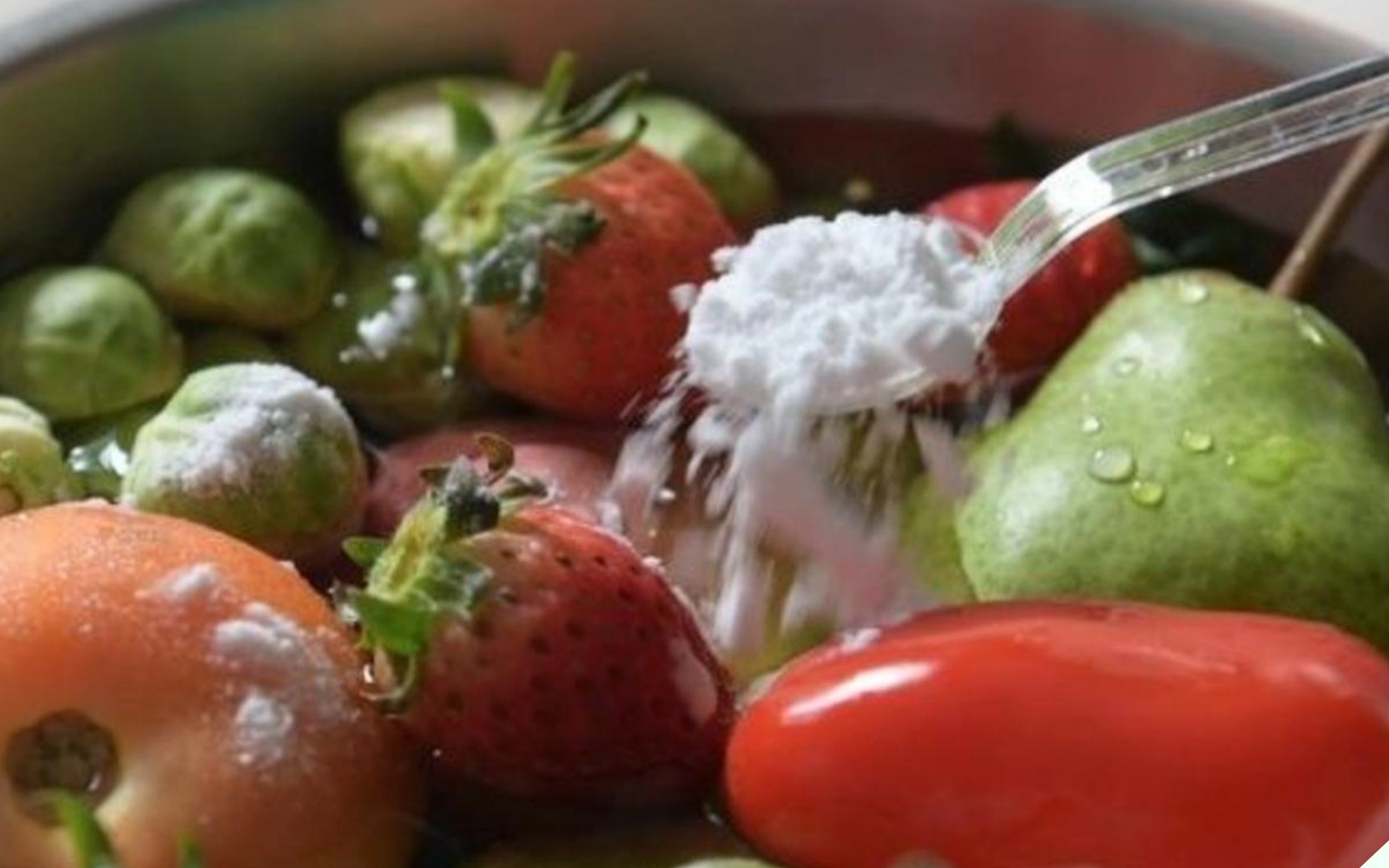
On this issue, PGS.TS Nguyen Duy Thinh (former lecturer at the Institute of Biotechnology and Food Technology, Hanoi University of Science and Technology) once shared that soaking vegetables in salt water only helps inhibit and kill some bacteria, but it does not automatically remove pesticides or toxins.
However, it is still recommended to soak vegetables in dilute salt water. The suggested order is: clean water – salt water – clean water.
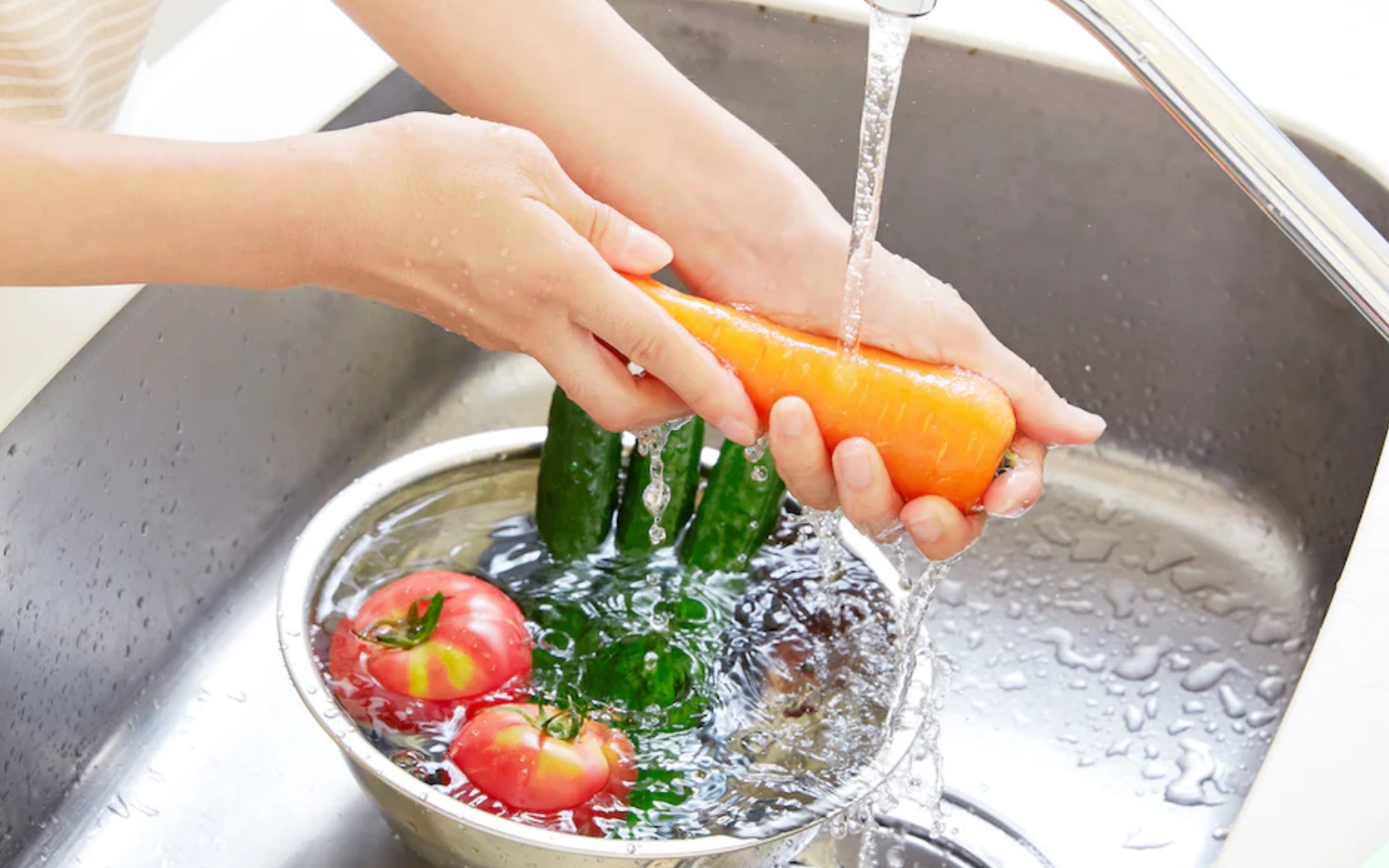
How Long Should Vegetables Be Soaked in Salt Water?
Salt water can help remove bacterial spores, bacteria, and dirt remaining on vegetables. However, vegetables should only be soaked for a short time, as prolonged soaking can be harmful.
Experts advise that when vegetables are soaked in water, some of the pesticides will dissolve into the water. If you soak them for too long, the vegetables will reabsorb these chemicals and become dirtier than before.
Moreover, vegetables are rich in water-soluble vitamins like vitamin B, C, calcium, iron, zinc, etc. If you soak them for too long, these nutrients will leach out, reducing the nutritional value of the vegetables.
A study found that after soaking vegetables in water for more than 15 minutes, up to 90% of vitamin C could be lost. Soaking for more than 20 minutes increases the nitrite content in vegetables, a carcinogen.
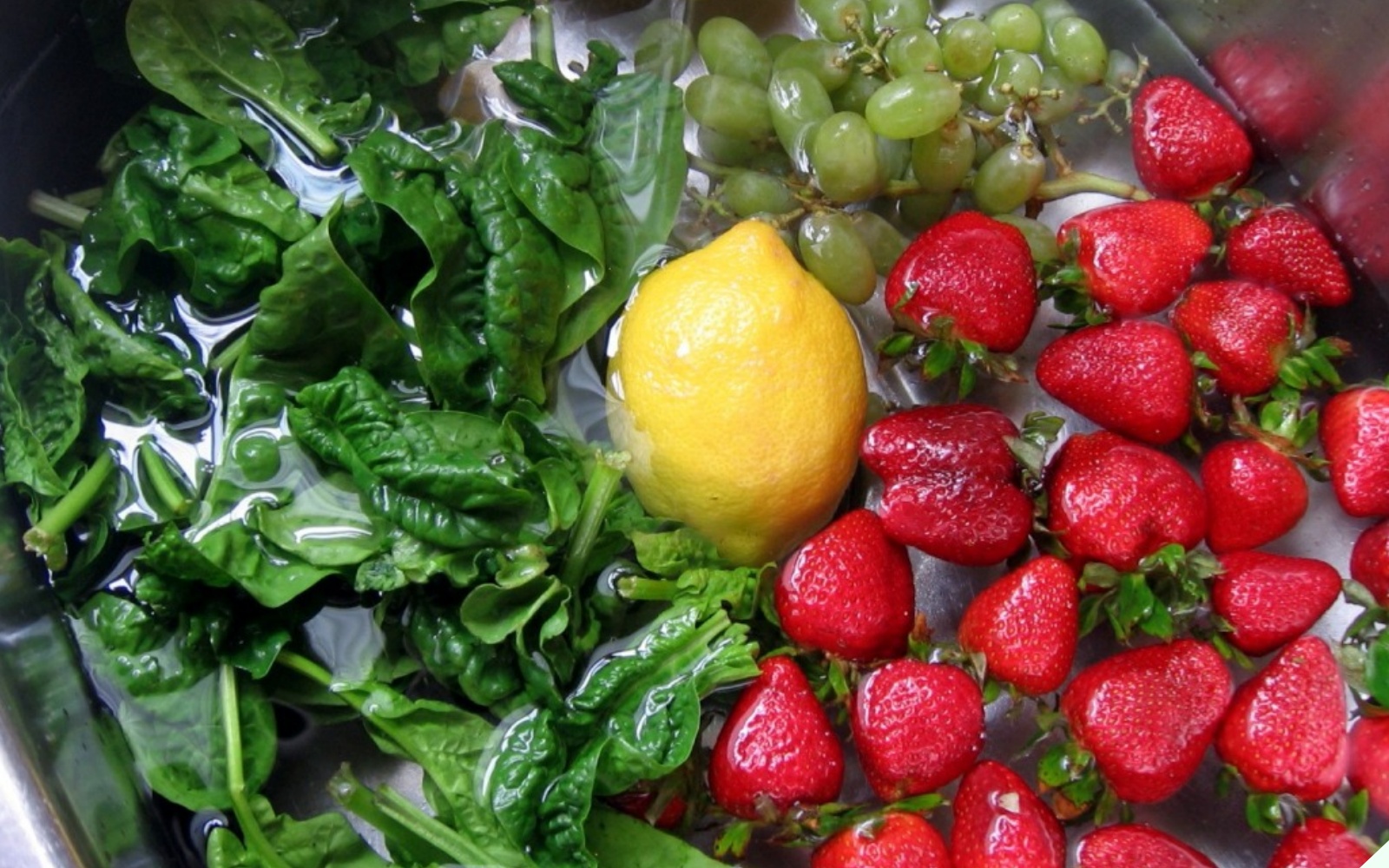
Dr. Tu Ngu (General Secretary of the Vietnam Nutrition Association) said that excessive use of salt water to soak vegetables can increase osmotic pressure, causing the vegetables to become contaminated with salt. This puts pressure on the kidneys and increases the risk of hypertension and cardiovascular diseases.
Therefore, it is recommended to soak vegetables for only 5-10 minutes and then rinse them with clean water.
Additionally, it is advisable to wash and soak the vegetables before cutting them. If they are cut first and then soaked, more nutrients will be lost, and there is an increased risk of secondary contamination.
Effective Ways to Remove Pesticides from Vegetables
To eliminate pesticide residues on vegetables, you can apply the following three tips:
Thoroughly Wash the Vegetables
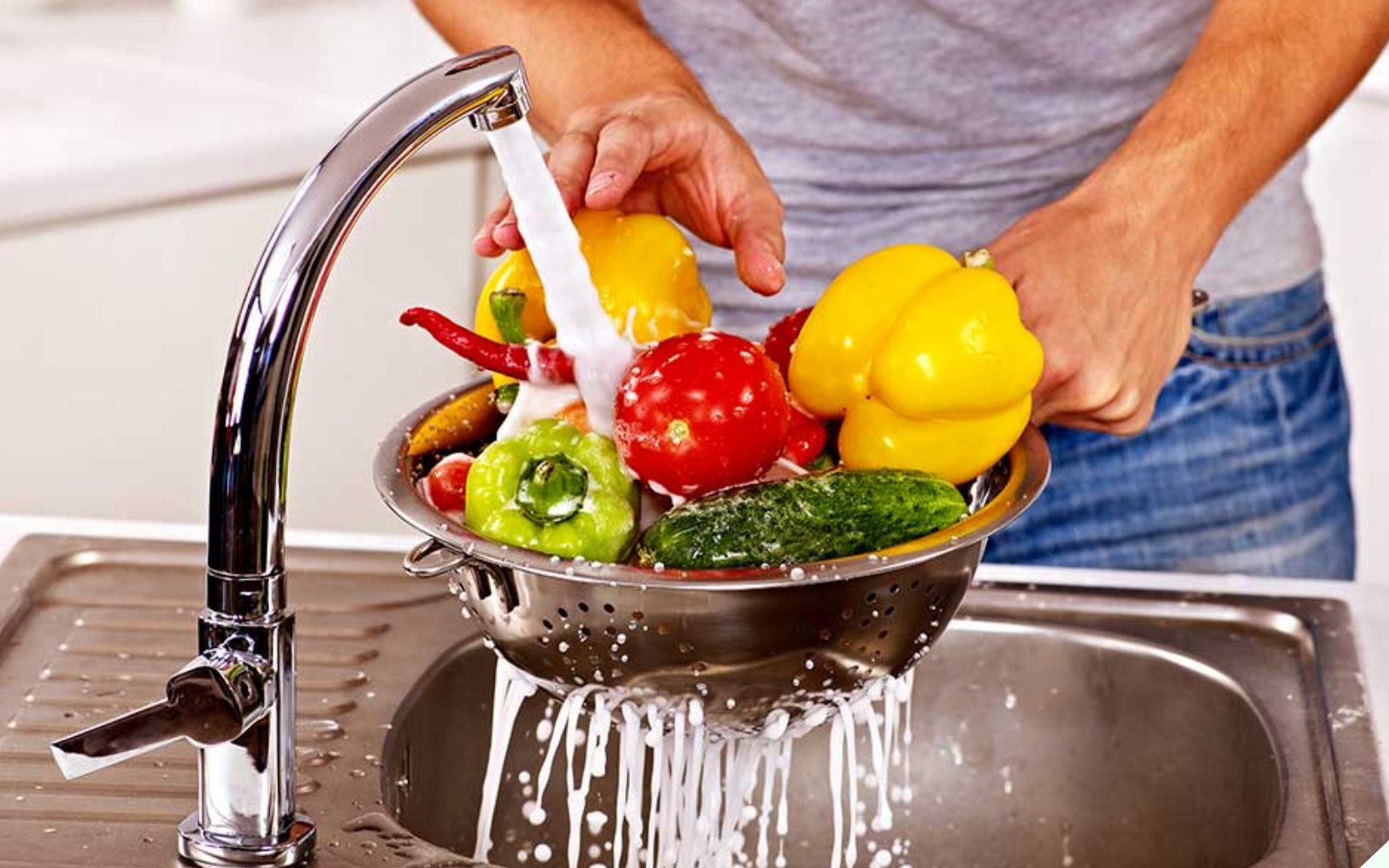
Wash the vegetables under running water and gently scrub them with your hands to remove any dirt or debris. This will also help remove some of the pesticide residues.
Note: Do not scrub too hard, as this can damage the vegetables and increase the risk of secondary contamination.
Peel the Vegetables
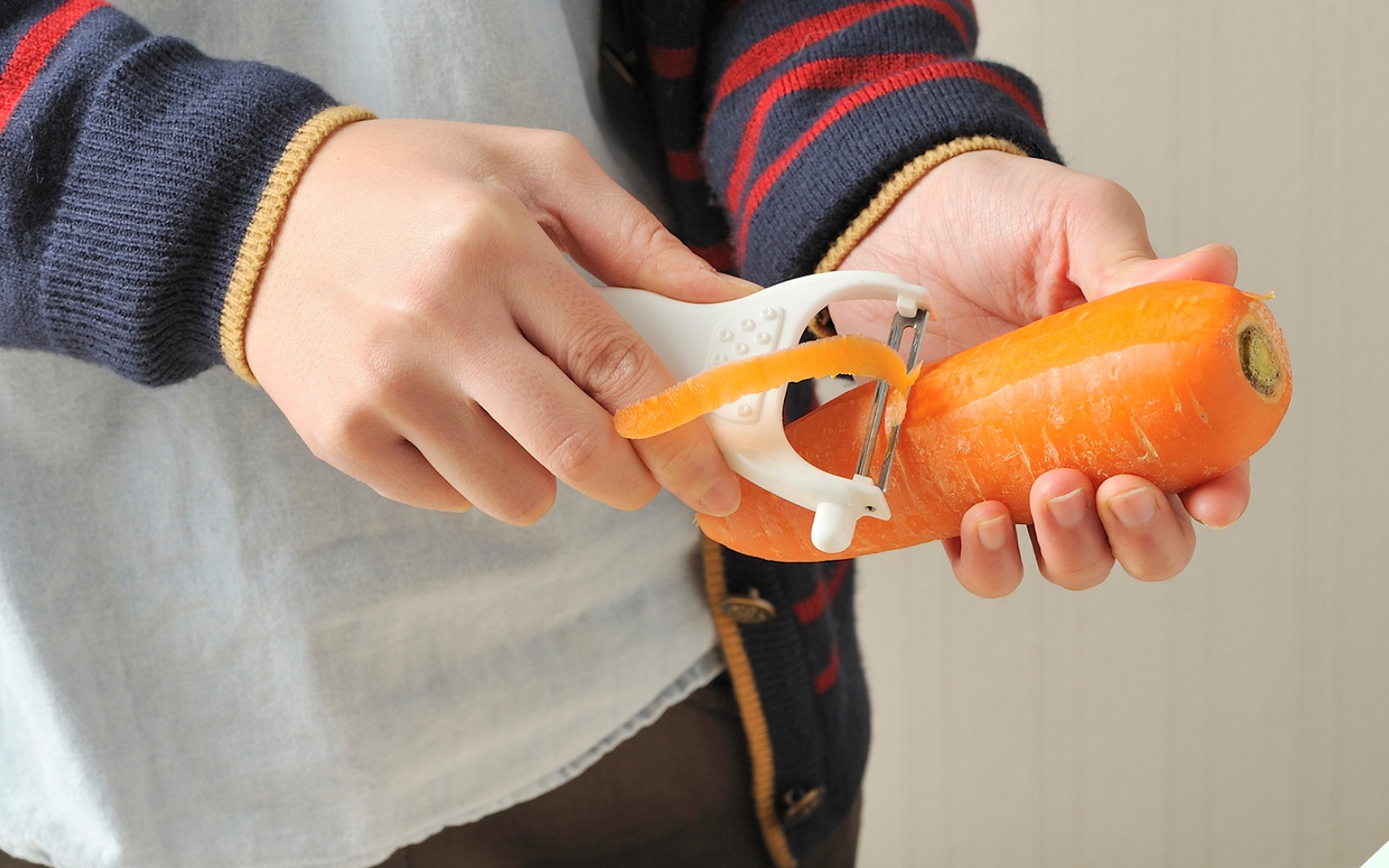
The outer layer of vegetables tends to have the highest concentration of pesticides. Therefore, it is recommended to peel off the outer layer before cooking.
Cook Thoroughly
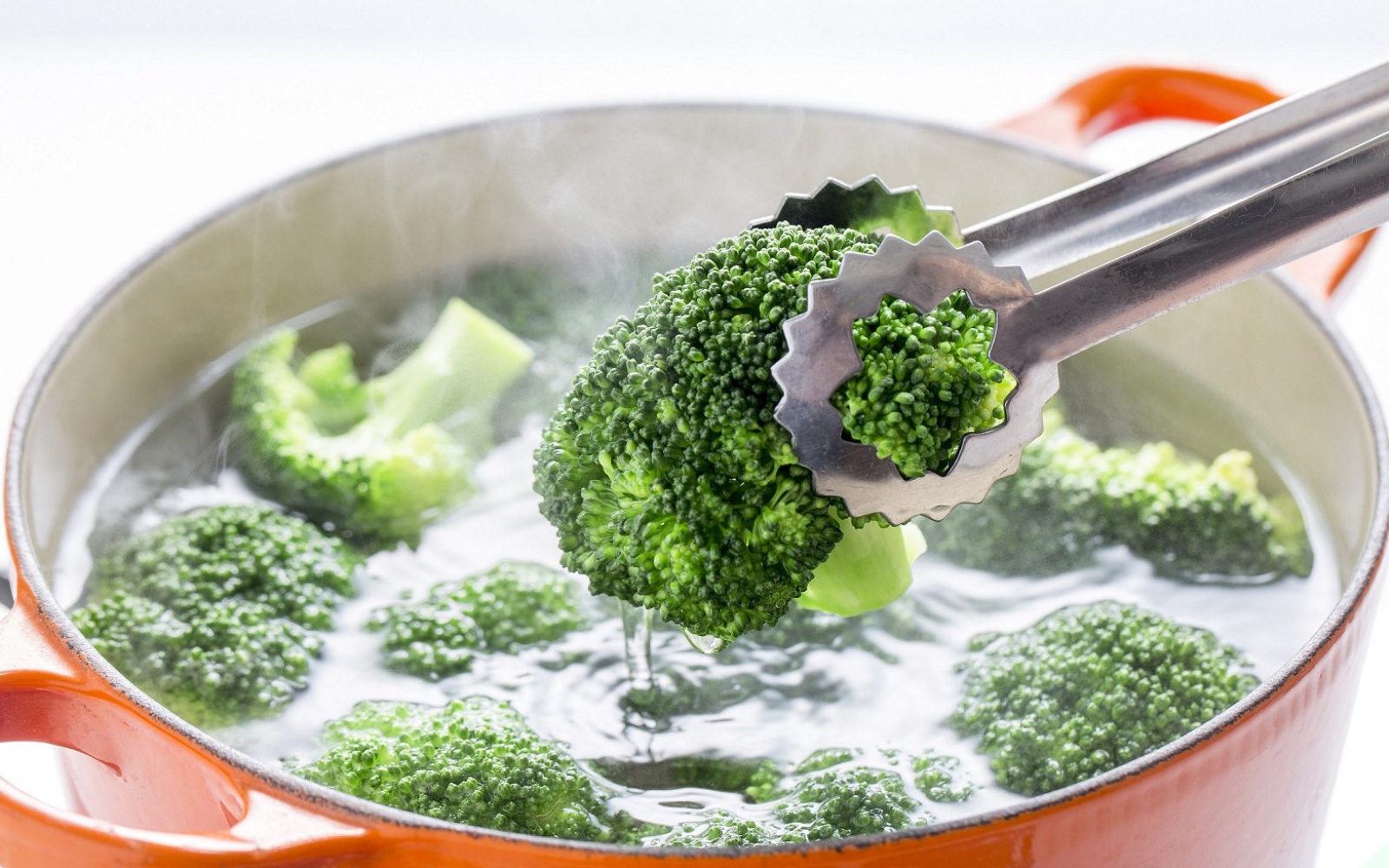
For vegetables without peels, such as bok choy and broccoli, thorough cooking at high temperatures is essential. The heat will rapidly break down pesticides and kill bacteria, insect eggs, etc.






























